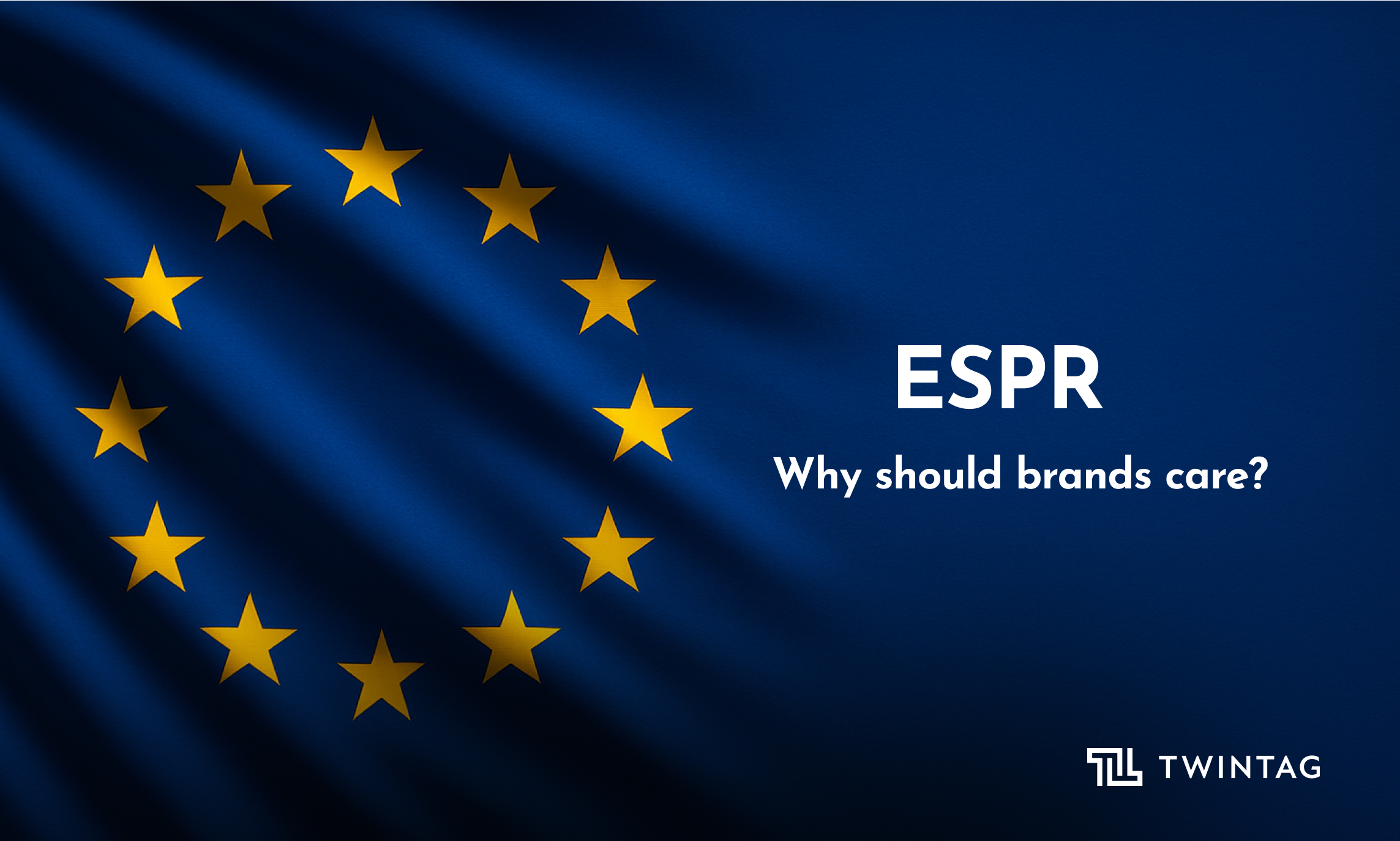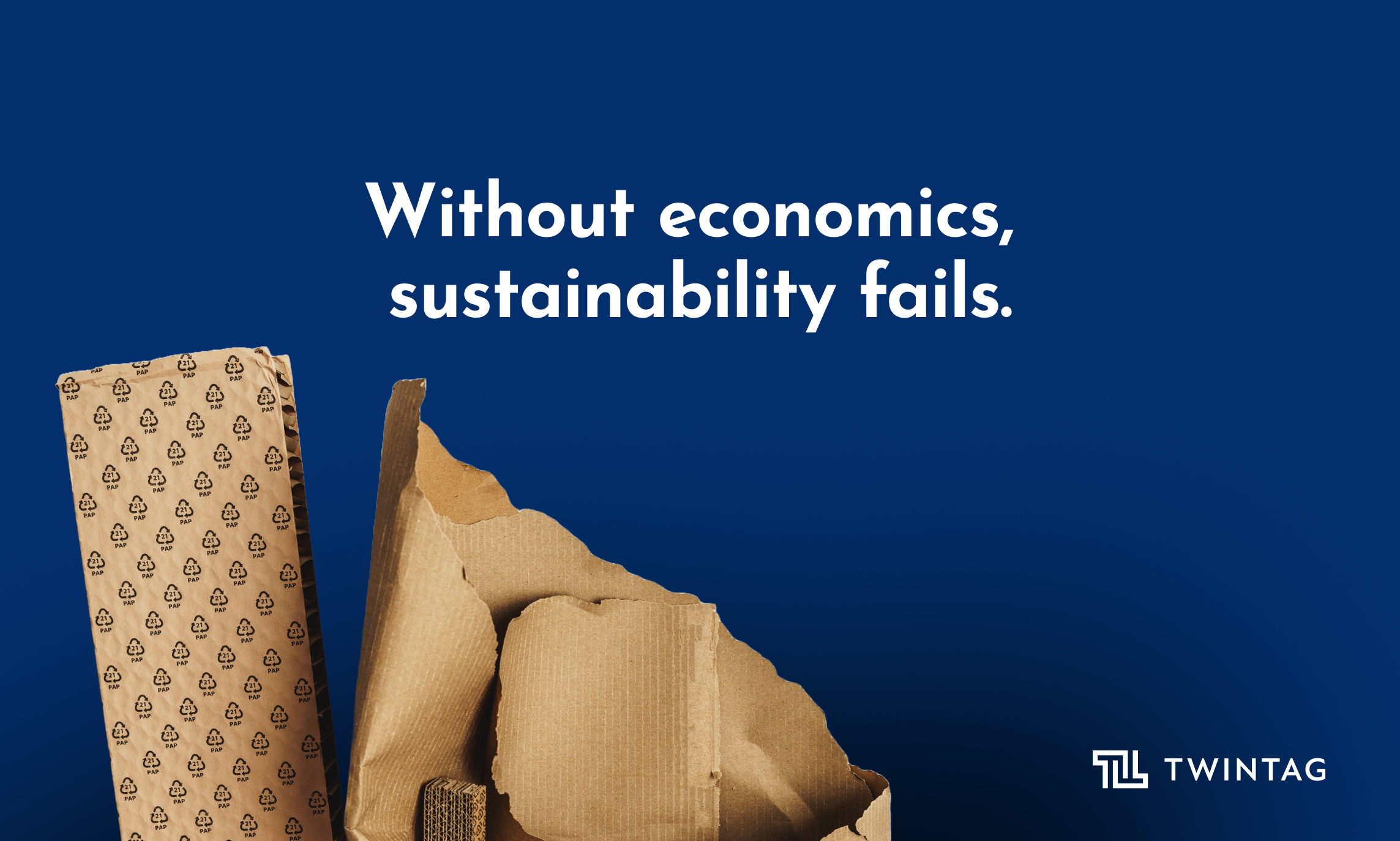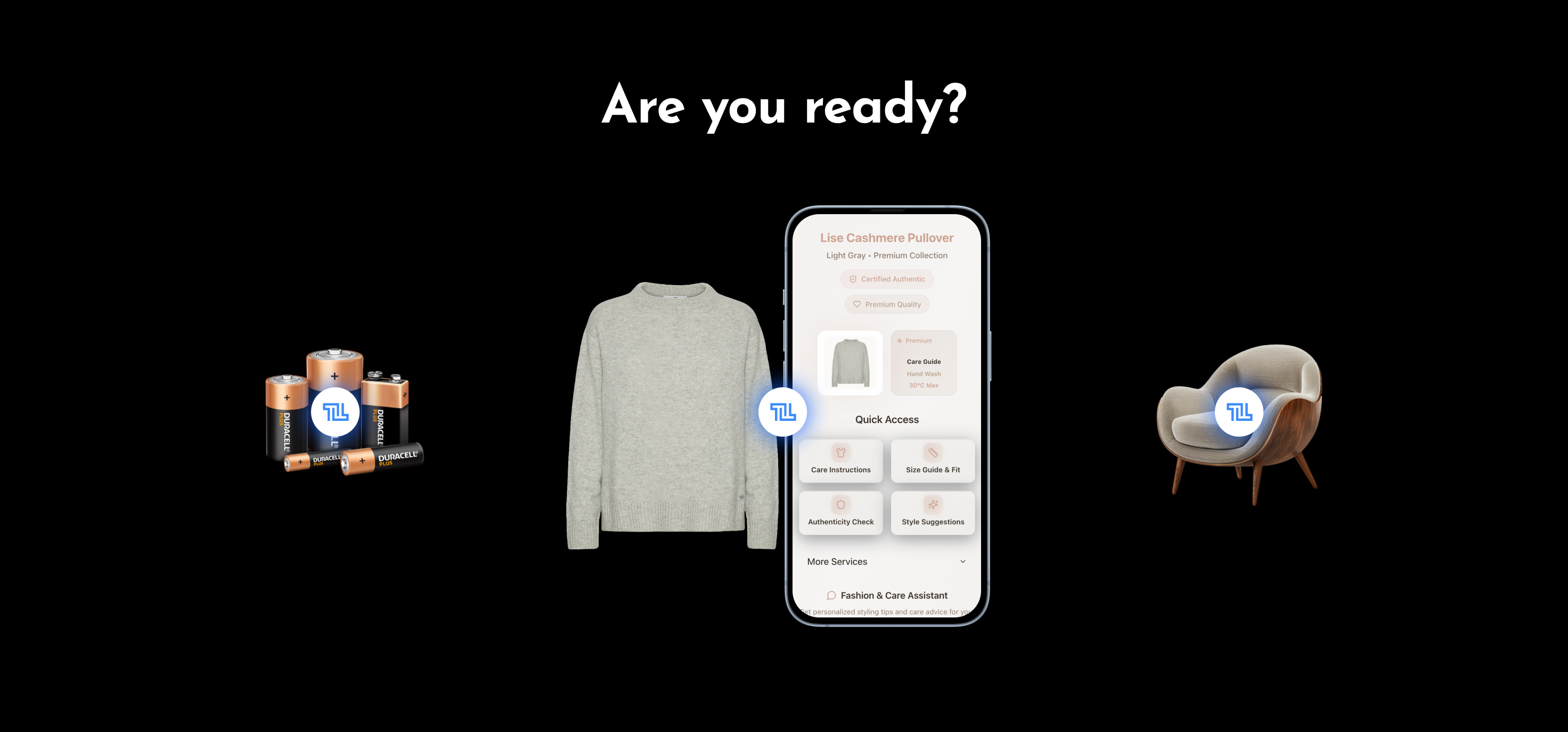Packaging and Packaging Waste Regulation (PPWR): the future of packaging in the EU
The European Union made it clear: packaging waste needs a drastic overhaul.

Since 1994, the Packaging and Packaging Waste Directive (PPWD) has guided EU packaging regulations. But with rising waste levels and environmental urgency, it became evident that it was not enough and it was time to take bolder action. Enter the Packaging and Packaging Waste Regulation (PPWR).

Between 2009 and 2020, the volume of packaging materials such as paper, plastic, and glass surged by over 20%, with an average EU citizen generating around 180 kg of packaging waste per year. This wave of waste isn’t just an inconvenience—it’s an environmental issue that requires serious, fast solutions.
What is the PPWR? The PPWR is a proposed regulation that aims to replace the PPWD, setting a new bar for packaging in the EU. Unlike the PPWD, which allowed flexibility in how member states implemented rules, the PPWR mandates a uniform approach across the EU, ensuring consistency and enforceability. This regulation shifts the industry from a “good enough” mindset to a “circular by design” standard, where reuse, recycling, and resource efficiency take center stage.
Is the PPWR already in force? Not yet. Although it has been adopted by the European Parliament, final ratification and implementation are expected by the end of 2024. This gives businesses some time to prepare, but the clock is ticking.
Why does this matter to your business? The PPWR will change how packaging is designed, produced, and disposed of across all EU industries. This regulation will affect your processes in food and beverage, cosmetics, pharmaceuticals, or any sector that relies on packaging. Preparing now can put you ahead of the curve.
Key objectives of the PPWR
The PPWR has three main focus points: reduce, reuse, and recycle. Recycling alone is insufficient, as not all materials can be effectively recycled. Here’s how the regulation aims to reshape packaging in the EU:
Prevention of waste generation
The PPWR focuses on reducing the volume of packaging waste at its source. It sets restrictions on excessive packaging and promotes reusable and refillable packaging solutions. The goal? Less waste, less pollution.
High-quality recycling

By 2030, all EU packaging must be economically recyclable, using designs that simplify recycling and include clear labels. To boost recycling rates, the EU will also set recycled content targets for plastic packaging, requiring a shift from virgin to recycled materials.
Transition towards reusable packaging

The PPWR aims to cut plastic and cardboard waste by promoting reusable packaging over single-use. With limited recycling capacity and new restrictions on non-recyclable exports, the European Commission sets reuse targets, especially for beverage, takeaway food, and transport packaging, pushing businesses toward sustainable options.
What’s new compared to the old directive?
The PPWR brings a stricter, more ambitious approach to packaging. Here’s what’s different:
- Uniform rules: unlike the previous directive, the PPWR will be implemented as a regulation, making its rules directly applicable across all EU member states.
- Waste reduction targets: EU countries must reduce per capita packaging waste by 5% by 2030, increasing to 15% by 2040.
- Mandatory reuse and refill targets: for specific packaging types like food and drink containers, transport packaging, and grouped packaging, reuse targets must be met by 2030 and increased by 2040.
- Mandatory labeling: every packaging item should be labeled with its material composition, sorting guidelines, and, where applicable, reuse instructions; reusable packaging should now include a QR code for easy access to this information
- Bans on certain single-use plastics: from 2030, single-use plastic items such as shrink wrap and collation films, packaging for fruits under 1.5 kg, and single-use packaging in food service will be phased out.
- Recycling and recycled content: by 2030, all packaging must be recyclable and meet design-for-recycling standards, with mandatory minimum recycled content for plastics (30% for contact-sensitive packaging made from PET, 10% for contact-sensitive packaging made from other plastic materials, 30% for single-use plastic beverage bottles, 35% for other plastic packaging; with increase in targets starting 2040).
What should companies do now to get ready?
The PPWR’s demands are significant, and companies must prepare now to avoid disruption in the foreseeable future. Here’s a roadmap to getting ready for the new regulation:
Identify affected products
Review your product lines to identify which packaging types fall within the PPWR’s scope. Understand where critical products rely on packaging materials that will be impacted by the new rules, ensuring no surprises in your supply chain.
Develop strategic compliance plans
Map out how each product will comply with the PPWR deadlines. Identify potential hurdles, such as limited access to post-consumer recycled (PCR) materials, and create contingency plans. What if there’s not enough recycled feedstock? Or if your suppliers can’t guarantee the absence of substances of concern? Being proactive is key.
Engage and fortify your supply chain
Build stronger relationships with suppliers to minimize risks. Consider obtaining guarantees, warranties, and indemnities, and set up a notification system for any unintended supply of materials containing restricted substances.
Monitor related legislation
Keep an eye on other EU laws, like REACH, the Single-Use Plastics Directive, and the Ecodesign for Sustainable Products Regulation (ESPR), as they may impact packaging compliance requirements. Global legislation, such as the upcoming UN Plastic Pollution Treaty, could also influence your strategies.
Plan for adaptive digital infrastructure
If building an in-house digital system isn’t feasible and you decide to buy an existing solution, start exploring adaptable digital solutions. Look for platforms that securely centralize your product data, making it easy to manage, update, and share with stakeholders. You’ll need a setup that allows timely edits to compliance details, provides clear data visualization, and ensures controlled access across the value chain—keeping you agile as regulations and market demands evolve.
Simplifying compliance with dynamic QR codes

One key requirement of the PPWR is the inclusion of a QR code on reusable packaging. While this may seem like a simple addition, QR codes can serve as a powerful tool to centralize all of your compliance efforts into one digital channel. Here’s how:
Centralized information hub: digital IDs on packaging offer a single QR code solution, giving end-users, retailers, and regulators quick access to essential information—like material composition, recycling instructions, and traceability—without complex IT systems. Companies like Twintag provide solutions tailored to meet compliance challenges effectively.
Real-time updates and tracking: with QR codes, brands can update product information without needing to change physical packaging, making compliance easier to maintain as regulations evolve.
Enhanced transparency and engagement: consumers and regulators can access clear, reliable data on a product’s lifecycle, environmental impact, and disposal instructions, fostering trust and encouraging responsible disposal.
Ease of communication across the supply chain: QR codes provide a platform for sharing crucial information with suppliers and other partners, reducing the complexity of compliance reporting.
By using QR codes, companies can create a “digital twin” of their packaging, simplifying everything from compliance reporting to consumer engagement. This approach turns a regulatory requirement into an opportunity for more efficient, transparent operations.
Preparing for a new era in packaging
The PPWR isn’t just a compliance mandate; it’s a chance to rethink how we package, use, and reuse products across the EU. With clear objectives and ambitious targets, this regulation pushes businesses to move beyond single-use packaging and embrace sustainable alternatives.
By 2030, the EU wants all packaging to be reusable or recyclable, with clear rules and standards for businesses. The Packaging and Packaging Waste Regulation (PPWR) is a call to action for companies to innovate, simplify, and create packaging that doesn’t just meet standards but sets new ones. It’s a journey to a circular economy—one piece of packaging at a time.
Twintag can help. At Twintag, we tailor our solutions to meet the unique needs of each customer. We don't believe in one-size-fits-all. Instead, we collaborate closely with you to understand and achieve your specific business objectives. Our experts work from the ground up, crafting flexible, scalable, and efficient digital twin solutions that propel your business forward.


-min.png)



